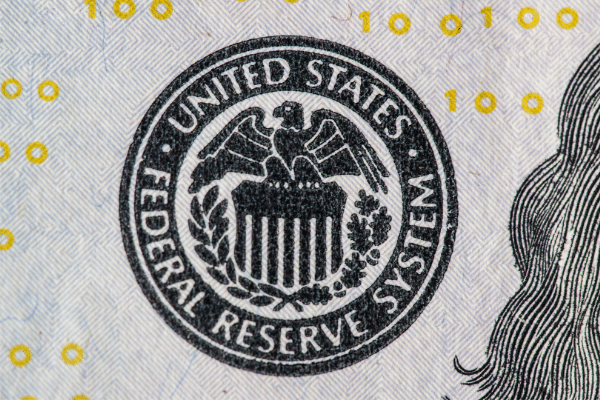
- Volatility provides opportunity for both massive upside and downside with Bitcoin in a portfolio
- Even a 1% portfolio allocation to Bitcoin may provide outsized returns, regardless of the intrinsic value of the asset
If investors learned anything from the markets last week, it’s that it’s hard to call an investment risky anymore. No number of charts could have rescued GameStop’s business model and under normal market conditions, its share price would be a reflection of its prospects – poor at best.
Yet somehow, the past 14 months has seen the stocks of companies that should technically be worthless, soar to dizzying heights, from Kodak (-2.84%) and Hertz (+7.36%), to GameStop and AMC Entertainment (+53.65%), investors are having to redefine what value even means and how that translates to a stock’s price.
Which is why whether you believe Bitcoin is inherently worthless or could eventually be priced at US$1 million, there is less argument over its emergence as an asset class worthy of note to investors. And if Bitcoin really has gone mainstream, should even the most risk averse investors consider a portion for their portfolios? Unlike stocks, which at the very minimum provide investors with a partial ownership of a business, Bitcoin is neither intrinsically valuable, nor a reliable store of wealth, and it certainly doesn’t produce an income.
But Bitcoin does however possess two unique characteristics that could make it a good fit even for the most actuarially-sensitive investor.
The first is of course Bitcoin’s much-maligned volatility. Volatility in and of itself isn’t bad because the greater an investment’s volatility, the larger the potential loss, but also the potential gain – it cuts both ways.
If an investor had invested just 1% of their portfolio in the S&P 500 over a year ago, that investment, even though it returned a decent 16%, would have hardly moved the needle in terms of their overall portfolio.
But Bitcoin’s volatility means that if an investor had just allocated 1% of their portfolio towards Bitcoin during the same time frame, they would have seen a 300% return – a far more meaningful gain, despite only committing a small, manageable sum. In other words, so long as you’re not all-in on Bitcoin, there is still the possibility of making a real gain without too much loss, regardless of Bitcoin’s current price.
And unlike other more risky investments like forex or options, an allocation in Bitcoin is unleveraged and limited to the initial stake. With leveraged investments, the initial stake evaporates almost the instant that the underlying asset falls in value – leverage works both ways, and much more quickly.
Unleveraged investments afford investors the ability to live to fight another day, even after the most severe losses. Investors often forget that during the dotcom bubble, Amazon’s shares were over US$113 and crashed to as low as US$5 before they reached the US$3,300 they trade for today.
Had investors panicked and dumped their Amazon stock, they would never have experienced the 2,740% upside – something that would have been impossible if investors had leveraged their investments.
Which is why trying to figure out if Bitcoin is a risky investment or not is the wrong question – it’s a question of asset allocation. And even the most risk averse investor could do a lot worse than a 1% allocation into Bitcoin.


